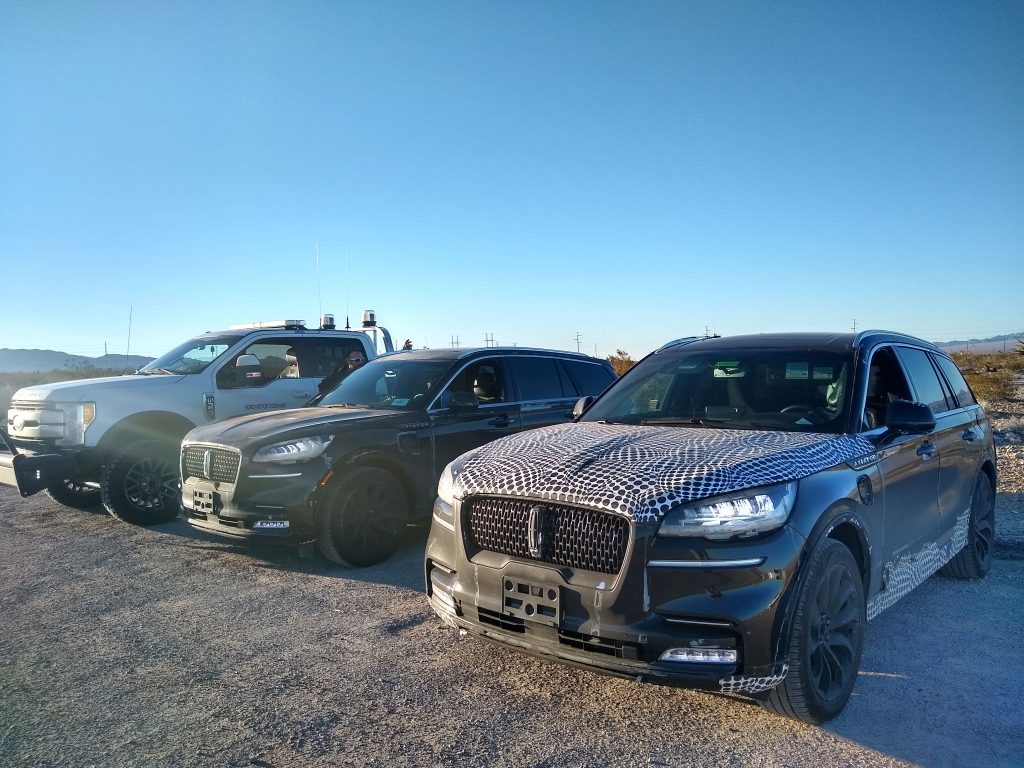The way I got hired by BETA is at least a little bit interesting. At the time I worked for Ford in Dearborn, Michigan, and the way Ford did things, salaried employees were required to take the week surrounding the 4th of July as vacation time. To be fair, it was really easy to get out of that requirement, but it was a good excuse to enjoy summer weather and catch up with the family. July 2019 rolled around, and I was sitting in an airport bar waiting for my flight back to Massachusetts, getting drunk and texting a few folks I knew on the east coast. One of those people was Andrew Giroux, a friend of mine from college, who had recently left a startup to join a different startup, one doing crazy shit and designing electric aircraft. Obviously, that company was BETA Technologies. With relative ease, Andrew convinced me to borrow my parents’ car and drive to Vermont to check them out instead of hanging out with my family.
Sunday afternoon, I say my goodbyes and head back to Massachusetts to actually start my vacation, not thinking much about the two days of work I’d done

About 6 weeks later with no contact from anyone at BETA, I’m at the Ford Arizona Proving Ground on a work trip, grinding through my to-do list when I get an email from Kyle Clark, “opportunities at beta”, with an invite to meet the following day. Our meeting time rolls around, and I’ve found a quiet corner of the proving grounds to hide in for the duration. Being the middle of the desert, I don’t have enough cell service for our planned video call so we flex to just a phone call. He asks about what I do at Ford (electrified powertrain calibrator), if I designed parts there (no, but I moonlight for Laser Labs), if Ford was OK with me moonlighting (I never told them since I technically didn’t need to), what kind of management structure I liked working with, essentially making sure that my skills sorta-kinda line up with whatever Andrew’s recommendation claimed, and that I wouldn’t be lost without the bureaucracy of one of the largest companies in the USA.
Apparently my answers aligned with the culture that Kyle and the team were cultivating, because 24 hours later I had an offer letter in my inbox, and a decision to make. My program, the 2020 Lincoln Aviator Plug-in Hybrid, was rapidly approaching Job 1 (official production start), with our production software release soon to follow, so I saw it as an opportunity to cleanly break from Ford without leaving my group up a creek with a bunch of unfinished software features. My boss wasn’t in Arizona with us, and I was due to spend another week there. I had to figure out if I wanted this change, accept the offer, decide who to tell (nobody), find a place to live in Vermont, and plan my exit.
I spent the rest of my time in Arizona in a bit of a stupor. I had agreed to change my life, leave a stable job with a world-renowned company to join a startup with less than 30 employees in an industry that I had previously trash-talked; Electric Aviation.
I did get to drive a Ford GT on the track on my way out though, so that was cool.

